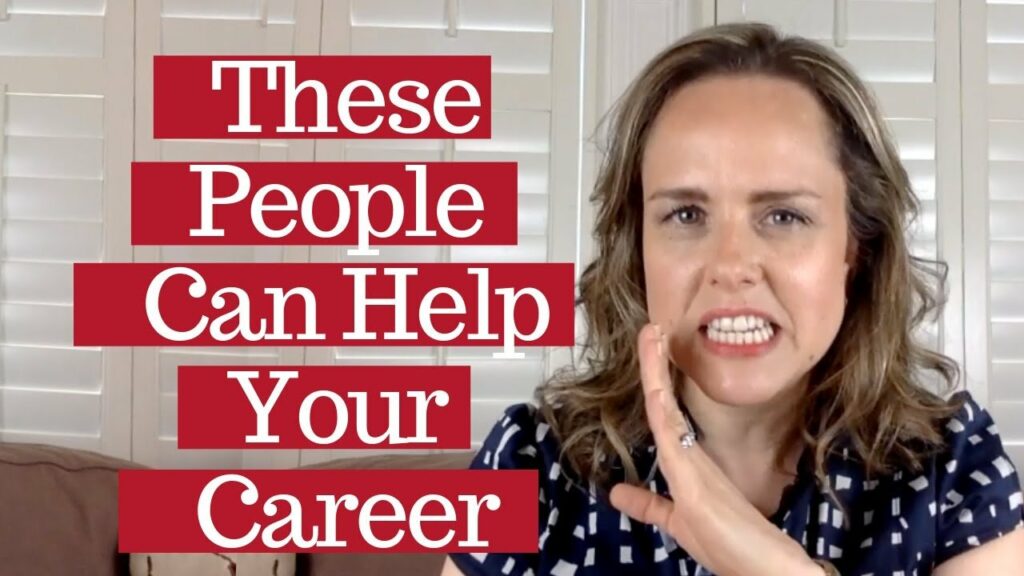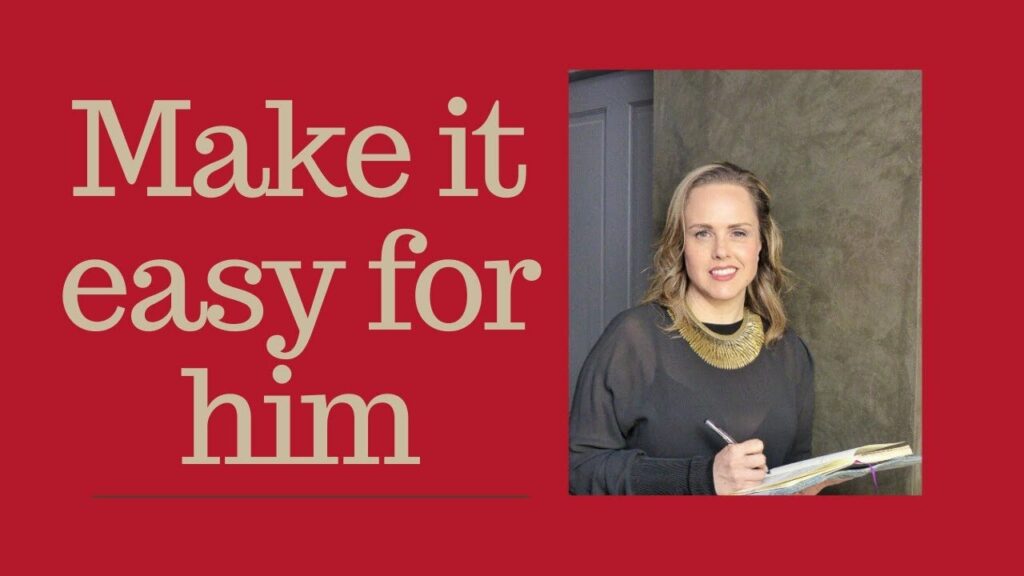In order to help progress your career, you need to identify the people you’ll need to impress and build the best relationships with. There are a variety of stakeholder engagement methods including stakeholder mapping. Stakeholder mapping techniques (aka stakeholder analysis, stakeholder mapping, stakeholder management) are an excellent way to learn how to influence stakeholders. If you follow these techniques, then I guarantee your career will grow.
For those who hire me to work with their middle management women, 9 times out of 10 those women have had a promotion within a year – using this method to start off our work together.
Hard truth time. Every single one of us gets hired, fired or promoted based, not on what we think of ourselves, but on what other people think of us. You can think you’re awesome, but if no one else agrees – that a far bigger problem than ‘believing in yourself’ or ‘being confident.’ The truth is we all have, and we all need stakeholders and you’re going to need to manage them. That applies to the most junior people all the way to the top. That’s where a good old fashioned stakeholder map becomes so useful. This is an exercise I do with all of my clients in one of the first sessions.
Stage 1
Grab a piece of paper, and two different coloured pens if you’ve got them. Put yourself right in the middle. So just like any good tv chef says: ‘And here’s one I made earlier!’ which I’ll use to illustrate my points.
Stage 2
Start to put people’s names around you, starting with whom you most closely work. Your peers, your boss, any direct reports you may have. Don’t be shy, use initials – otherwise you’ll be where many of my clients are when try to differentiate between all the Mark’s, John’s and Harry’s they work with, which happens a bit when you’re working in a male-dominated field. Between you and them, draw a solid line.
Now think about how good the relationship is.
1 = LOW. For example: ‘I pray for this person to get found out for the twerp they truly are.’
10 = HIGH. For example: ‘I’d let this person watch my small children.’
Stage 3
Now you need the other coloured pen.
Put a separate number based on how important this person is to your career advancement.
1 = LOW. For example ‘nice to see in the hallways, but has no influence’
10 = HIGH. For example ‘if this guy’s not bought in, nobody’s bought in!’’
Yours might be a:
3 for the person on whom you rely for information,
7 for the colleague who has influence and has talked you up to others
9 because they are leading a team you’d like to join.
TOP TIP
A 10 is not necessarily your current boss, it might be someone influential in a team where you’d like to go. Similarly a 1 is not the most junior minion at the office. It’s just someone on whom you are not currently reliant on loving you for a promotion
Stage 4
So by now you are noticing a wide range of scores. And your priorities about who exactly you need to target should be clearer. So now’s the time to build the 1st score based on the importance of the 2nd score.
So from this you can see while ‘KS’ is a 7, I need to improve that relationship because he’s a 9 over here. Similarly, you can see while ‘JF’ and I practically live in each other’s pockets, I don’t need to improve the relationship further at this point, as she’s not going to influence my next promotion.
As you look at your own map, you’ll see new priorities for your career progression emerge.
Okay, so while we’d all like to think everyone would be a 10 on the first score, we all have some real stinkers.
I’m an optimistic realist, so I’m not going to tell you to move them all up to 10s. For some people, that would feel fake or make your skin crawl to get to know them better!
The question for you is ‘What could I do this week to move them up even one point?’
TIP FOR WINNING OVER THE OFFICE BULLIES
Clearly you’re not got to get this person to a 10, but if you focused on improving even from a 1 to a 2, you can make headway. Why? Because if they are the office stinker, no one else wants to put in the effort. More than one of my clients has developed an advocate with a colleague no one really liked simply because they gave them some attention.
I know this is a lot to take in, but it’s so completely and utterly worth it. It’s amazing how much simpler things look once you’ve mapped them out on paper.
Once you’ve got your head round your stakeholder and which relationships you want to start working on, then check out PART 2: Stakeholder Impact Analysis.



































